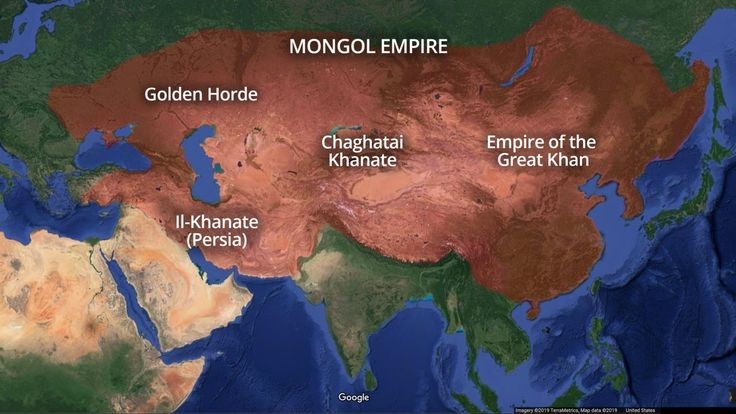I. Introduction:
The Mongol Empire existed from 1206 to 1368. It formed when various nomadic tribes on the Asian steppe united under Genghis Khan. The empire grew quickly and became the largest contiguous land empire ever. Its territory stretched across Eurasia, from the Danube River in Europe to the Yellow Sea in East Asia.
II. The Pax Mongolica
Under Genghis Khan and his successors, the empire made important changes. They reformed the administration, accepted different religions, and set up a strong postal system. This time is known as Pax Mongolica, which provided a safe space for trade and travel, similar to Pax Romana in the Roman Empire. The Mongols improved trade between the East and West, allowing the exchange of goods like silk and spices. Travelers like Marco Polo and Ibn Battuta wrote about their experiences in Mongol lands, showing the empire’s diversity.

III. Mongol Empire’s fall
The Mongol Empire eventually broke into smaller areas called khanates.
Yuan Dynasty (1271): Mongol-ruled China, founded by Kublai Khan, who is grandson of Genghis Khan.
Ilkhanate (1256): Mongol state in Persia, founded by Hulagu Khan.
Chagatai Khanate (1227): Central Asian khanate, named after Genghis Khan’s son Chagatai.
Golden Horde (1240s): Mongol khanate in Russia and Eastern Europe, founded by Batu Khan.
As the empire grew larger, it became harder to manage. By the 14th century, political conflicts, economic problems, and internal struggles weakened the central government. The khaganates gained more independence, leading to increased tensions between them.


